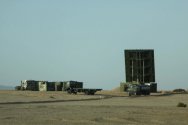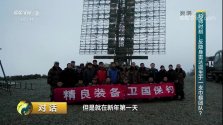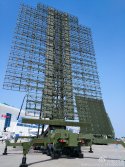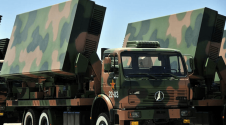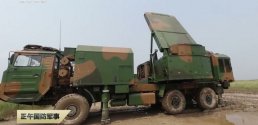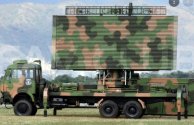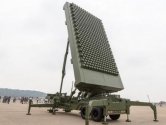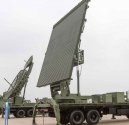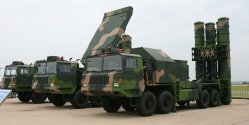TPY-2 is sometimes paired with other radars, including MPQ-53 or MPQ-64 for the Patriot, or other search radars. Bringing this up is irrelevant because the Chinese isn't copying this as an example.
The ones that you see with the HQ-19 set up happens to be a more conventional arrangement, derived from the HQ-9 set up, which is classic two step with search radars working with fire control radars.
The radar on the bottom has well separated elements, which means long wave, possibly UHF. This is good for very long range detect but not good for precise tracking, so you cannot use it to guide missile. You can see its clearly aimed upwards for space search, unlike air defense radars where they tend to look more at the horizon. So its obviously looking to detect objects high above the sky. You can presume the one with the solid face can either be a C or X-band radar. It has an IFF strip on the top and a communication strip at the bottom, which is meant to datalink with the missile. Those are lacking on the other radar.
It is also possible that the C or X-band radar can also operate alone so it can detect and track an enemy target, and guide a missile at the same time and that won't be unusual with fire control radars as they can go it alone in the situation when their search radars are attacked and killed by SEAD. But when you have a dedicated search radar, the detection range can be even greater, or it has a stronger ability to detect stealthier objects at range.
